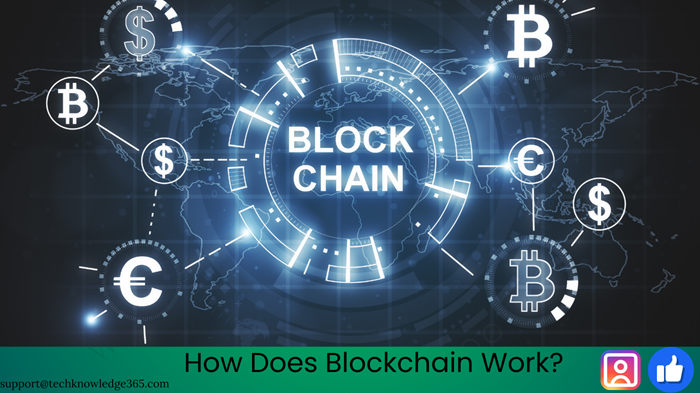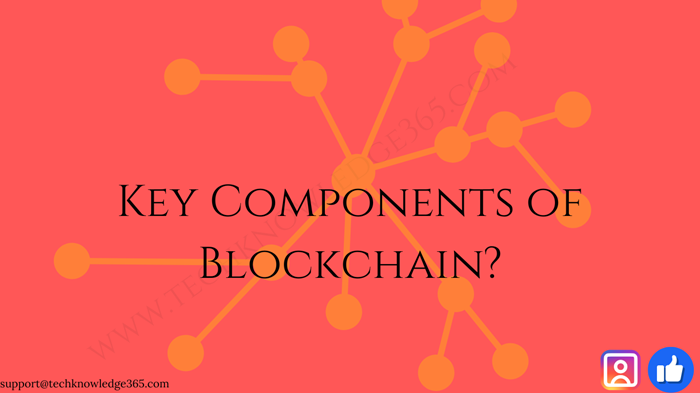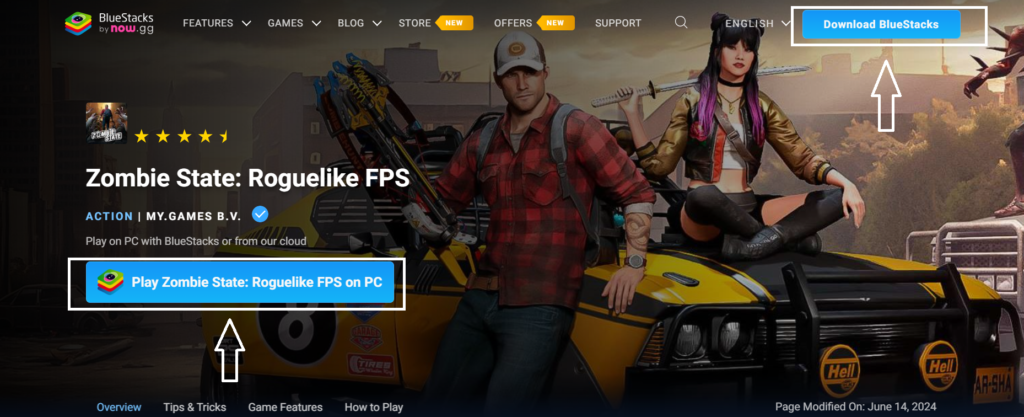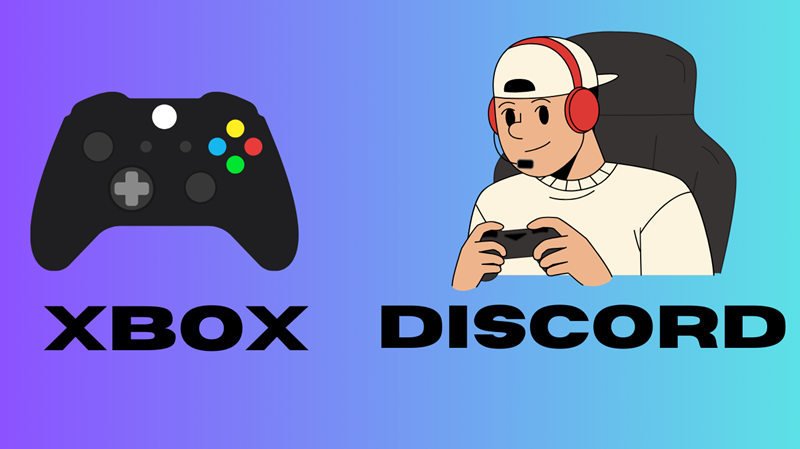how does blockchain work in future ?

Table of Contents
ToggleHow Does Blockchain Work?
Blockchain technology has emerged as one of the most transformative innovations of the 21st century, powering cryptocurrencies like Bitcoin and Ethereum while finding applications in various industries, from finance and healthcare to supply chain and voting systems. Despite its growing popularity, many people still wonder: how does blockchain work?
In this blog post, we’ll explore the fundamentals of blockchain technology, how it works, and its core features that make it a groundbreaking solution for securing and managing digital transactions.

What Is Blockchain?
At its core, blockchain is a decentralized digital ledger that records transactions across a network of computers. The term “blockchain” comes from its structure: it consists of blocks that are linked (or chained) together in chronological order. Each block contains a list of transactions, a timestamp, and a cryptographic hash that ensures its integrity.
Unlike traditional centralized systems, where a single entity manages the data, blockchain operates on a distributed network, making it highly secure and resistant to tampering.

Key Components of Blockchain
To understand how blockchain works, it’s essential to know its core components:
1. Blocks
A blockchain is made up of a series of blocks. Each block contains three main elements:
- Data: The transactions or information stored in the block.
- Hash: A unique identifier generated by a cryptographic algorithm.
- Previous Block Hash: A reference to the hash of the preceding block, linking them together.
2. Nodes
Nodes are individual computers connected to the blockchain network. Each node has a copy of the entire blockchain, ensuring that the system is decentralized and transparent.
3. Distributed Ledger
Blockchain operates as a distributed ledger, meaning all participants in the network share the same version of the ledger. This eliminates the need for a central authority and enhances transparency.
4. Consensus Mechanisms
For the blockchain to add new transactions, the network must agree on their validity. This agreement is achieved through consensus mechanisms such as:
- Proof of Work (PoW): Miners solve complex mathematical puzzles to validate transactions and create new blocks.
- Proof of Stake (PoS): Validators are chosen to create new blocks based on the amount of cryptocurrency they hold and are willing to “stake.”..

How Blockchain Works: Step-by-Step
Now that we know the components of blockchain, let’s break down how it works:
Step 1: A Transaction Is Initiated
The process begins when a user initiates a transaction. For example, if Alice wants to send Bitcoin to Bob, she creates a transaction request with details such as the amount and Bob’s wallet address.
Step 2: Transaction Is Broadcast to the Network
Once the transaction is created, it is broadcast to the blockchain network, where it is verified by nodes.
Step 3: Transaction Verification
Nodes validate the transaction to ensure it is legitimate. This involves checking that:
- Alice has sufficient funds.
- The transaction follows the blockchain’s rules.
Step 4: Transaction Grouped Into a Block
After validation, the transaction is grouped with other verified transactions to form a block.
Step 5: Consensus Mechanism Validates the Block
The new block must be validated through a consensus mechanism. For example:
- In a Proof of Work system, miners compete to solve a mathematical puzzle. The first miner to solve the puzzle adds the block to the blockchain and is rewarded with cryptocurrency.
- In a Proof of Stake system, validators are selected to propose and validate new blocks based on their stake.
Step 6: Block Is Added to the Blockchain
Once validated, the new block is added to the blockchain. The cryptographic hash links it to the previous block, ensuring the chain’s integrity.
Step 7: Transaction Is Complete
The transaction is now confirmed and recorded in the blockchain. Bob can see the Bitcoin he received, and the updated blockchain is shared across all nodes.

Core Features of Blockchain
Several unique features make blockchain technology revolutionary:
1. Decentralization
Unlike traditional systems where data is stored on a central server, blockchain distributes data across a network of nodes. This decentralization ensures there’s no single point of failure and makes the system more resilient.
2. Immutability
Once a block is added to the blockchain, it cannot be altered. This immutability is achieved through cryptographic hashing and consensus mechanisms, making the data tamper-proof.
3. Transparency
Blockchain offers transparency by allowing all participants to view the ledger. While individual transactions can be private, the overall system is open for auditing and verification.
4. Security
Blockchain uses advanced cryptographic techniques to secure transactions and data. The decentralized nature also reduces the risk of hacking or unauthorized access.
5. Efficiency
Blockchain eliminates intermediaries, streamlining processes and reducing costs. For instance, financial transactions that traditionally take days can be settled within minutes on a blockchain network.

Applications of Blockchain Technology
Blockchain has applications far beyond cryptocurrencies. Here are some notable examples:
1. Finance and Banking
Blockchain enables secure and fast cross-border payments, reducing reliance on intermediaries. It also facilitates decentralized finance (DeFi) platforms for lending, borrowing, and trading assets.
2. Supply Chain Management
By tracking products from origin to delivery, blockchain enhances transparency and accountability in supply chains. Companies like Walmart and IBM are using blockchain to track food safety.
3. Healthcare
Blockchain helps store and share patient records securely, ensuring privacy and accuracy. It also enables better drug traceability and counterfeit prevention.
4. Voting Systems
Blockchain’s immutability and transparency make it ideal for secure and tamper-proof voting systems. It can increase trust in election outcomes.
5. Digital Identity
Blockchain can create secure digital identities, reducing identity theft and enabling self-sovereign identity management.
6. Intellectual Property and Copyrights
Artists and creators can use blockchain to establish proof of ownership and receive royalties automatically through smart contracts.

Challenges of Blockchain Technology
While blockchain has immense potential, it is not without challenges:
1. Scalability
Blockchain networks, especially those using Proof of Work, can become slow and congested as the number of transactions increases.
2. Energy Consumption
Mining in Proof of Work systems requires significant computational power, leading to high energy consumption.
3. Regulatory Uncertainty
Governments and regulators are still figuring out how to address blockchain and cryptocurrency, leading to legal and compliance challenges.
4. Complexity
Blockchain technology can be difficult for the average user to understand and adopt, posing a barrier to widespread adoption.
The Future of Blockchain
Blockchain technology is still in its early stages, but its potential is immense. Innovations such as layer-2 solutions (e.g., the Lightning Network), alternative consensus mechanisms, and interoperability protocols are addressing current limitations. As blockchain evolves, it’s likely to play an even more significant role in shaping industries and society.
Conclusion
Blockchain is more than just a buzzword; it’s a transformative technology with the potential to revolutionize how we conduct business, manage data, and interact in the digital world. By understanding how blockchain works, we can better appreciate its implications and prepare for a future where decentralized systems play a central role in our lives.
Whether in finance, healthcare, or beyond, blockchain is paving the way for a more secure, transparent, and efficient future.
See More..
About Author:
Hello, I’m md ghulam ahmad, and I’m the founder of techknowlwdge365.
I’ve always been passionate about writing, and in college, I wrote a lot of content for my school’s website. After graduating, I pursued that passion professionally by creating content for small businesses.
I love what I do because it allows me to use my writing skills in a way that is directly applicable to people’s lives. My clients are all so grateful for the work that I do for them, and I feel so lucky every time someone tells me how much they appreciate my work.
I look forward to hearing from you!
How Does Blockchain WorkHow Does Blockchain WorkHow Does Blockchain WorkHow Does Blockchain WorkHow Does Blockchain WorkHow Does Blockchain WorkHow Does Blockchain WorkHow Does Blockchain WorkHow Does Blockchain WorkHow Does Blockchain WorkHow Does Blockchain WorkHow Does Blockchain WorkHow Does Blockchain WorkHow Does Blockchain WorkHow Does Blockchain WorkHow Does Blockchain WorkHow Does Blockchain WorkHow Does Blockchain WorkHow Does Blockchain WorkHow Does Blockchain WorkHow Does Blockchain WorkHow Does Blockchain WorkHow Does Blockchain WorkHow Does Blockchain WorkHow Does Blockchain WorkHow Does Blockchain WorkHow Does Blockchain WorkHow Does Blockchain WorkHow Does Blockchain WorkHow Does Blockchain Work



